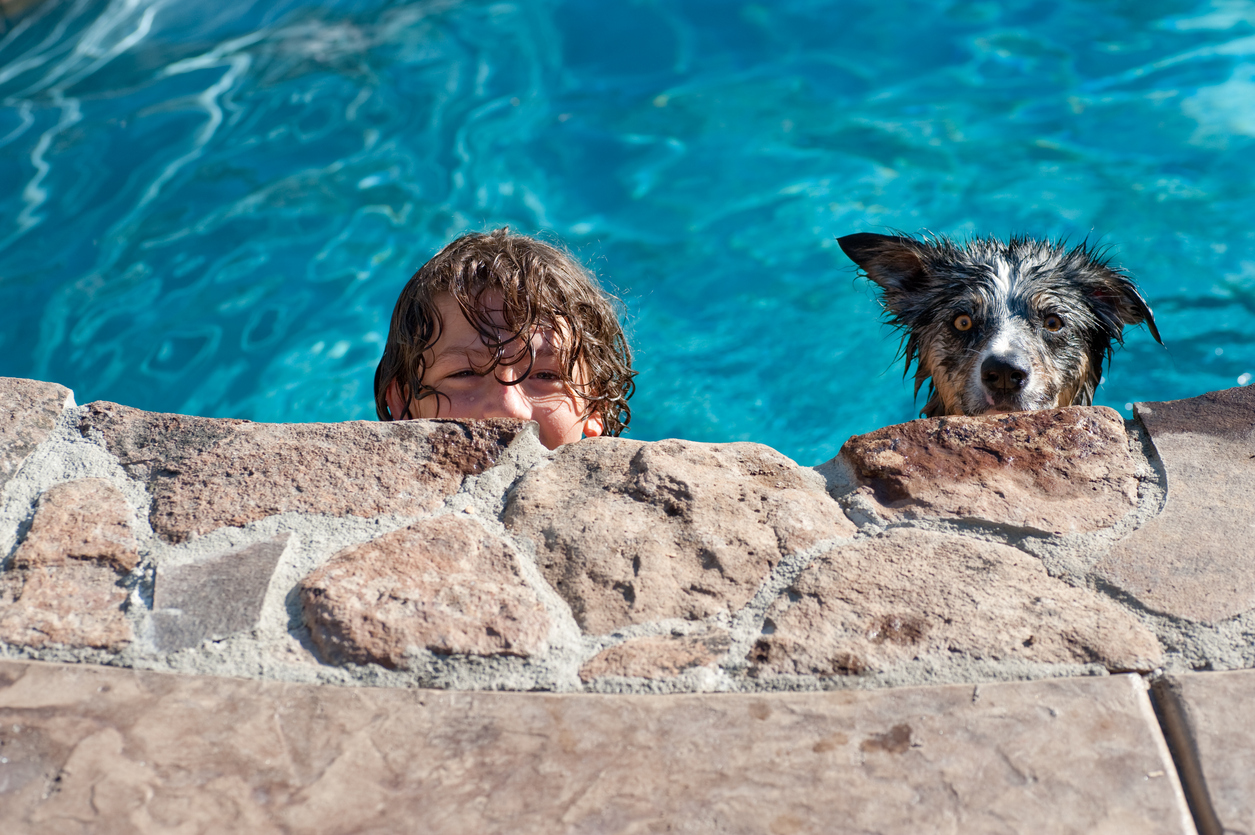With soaring temperatures and high humidity levels in Houston, our furry friends are at an increased risk of heatstroke, a serious and potentially life-threatening condition. Understanding how to prevent and treat heatstroke in pets is crucial for any pet owner in Houston. In this blog, we’ll explore the signs of heatstroke in pets, preventative measures you can take, and what to do if your pet shows symptoms of overheating. By staying informed, you can help ensure your pets stay safe and healthy, even in Houston’s sweltering summer months.
The Impact of Humidity on Pet Hydration
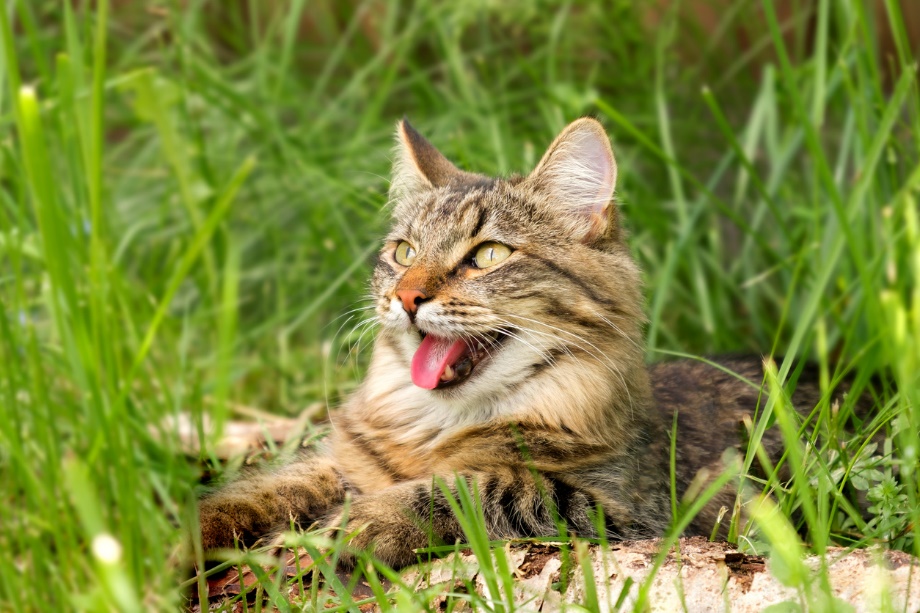
Even on moderately warm days, humidity can pose a significant risk to pets. Humid weather makes pets more susceptible to dehydration because it hampers their ability to cool down. Dogs primarily cool themselves by panting, which evaporates moisture from their respiratory tract. High humidity reduces this evaporation, making it harder for them to lower their body temperature. Cats and other small pets that do not typically pant to cool down can also struggle with heat regulation in humid conditions. Overheating and increased fluid loss in humid weather can quickly result in dehydration
Pets Prone to Heatstroke
Heatstroke can affect various pets, but some are more prone to it due to their physiology, coat type, and behavior. Here are pets that are particularly susceptible to heatstroke:
Dogs
- Brachycephalic Breeds: Breeds with short noses and flat faces, such as Bulldogs, Pugs, Boxers, and Shih Tzus, have difficulty panting effectively, which impairs their ability to cool down.
- Thick-Coated Breed: Dogs with dense fur, like Huskies, Malamutes, and Newfoundlands, can overheat more easily.
- Overweight Dog: Excess weight can make it harder for dogs to regulate their body temperature.
- Older Dogs: Senior dogs might have less efficient thermoregulation.
- Very Active Dogs: Breeds or individual dogs that are very active or excitable, such as Border Collies and Australian Shepherds, might overexert themselves in hot weather.
- Symptoms of heatstroke in dogs:Excessive panting, drooling, lethargy, vomiting, diarrhea, collapsing.
Cats
- Brachycephalic Breeds: Cats with flat faces, like Persians and Himalayans, can struggle with heat regulation.
- Long-Haired Breeds: Cats with long, thick fur, such as Maine Coons, Ragdolls, Persians, and Himalayans are at higher risk.
- Symptoms of heatstroke in cats:Panting, bright red tongue, very red or pale gums, drooling, salivating, restlessness (cats may pace), vomiting, diarrhea (possibly with blood).
Small Mammals
Rabbits: They are very sensitive to heat due to their dense fur and lack of ability to sweat or pant effectively. Rabbits thrive in temperatures between 60°F to 70°F (15°C to 21°C). Temperatures above 80°F (27°C) pose a risk of heat stress or heatstroke.
- Symptoms of heatstroke in rabbits: red ears, which are hot to the touch; fast breathing (short, quick breaths), open mouth breathing; lethargy (low energy); blood from mouth and nose or anus (blood in their feces, shaking and tremors, wobbliness, and confusion.
Guinea Pigs: Similar to rabbits, they can overheat quickly. Guinea pigs thrive in temperatures between 65°F to 75°F (18°C to 24°C), with temperatures above 80°F (27°C) posing a risk of heat stress.
- Symptoms of heatstroke in guinea pigs:Panting, labored breathing, flaring the nostrils, excess salivation, reluctance to move, lying outstretched, seizures or coma may occur.
Ferrets: They can easily suffer from heatstroke because they cannot sweat and have a high metabolic rate. Ferrets do best in temperatures between 60°F to 80°F (16°C to 27°C), with temperatures above 85°F (29°C) posing a risk of overheating.
- Symptoms of heatstroke in ferrets:Open mouth breathing or panting, rapid breathing, body weakness, not alert, sleepy, nausea, elevated rectal temperature, seizures, and coma.
Birds
Parrots: Larger parrots, such as Macaws and African Greys, can be prone to overheating, especially if they are kept in small, poorly ventilated cages.
Canaries and Finches: These smaller birds can also suffer heatstroke if exposed to direct sunlight without shade or ventilation.
- Symptoms of heatstroke in birds:panting (open-mouth breathing), holding the wings away from the body, anxiety, or agitation.
Reptiles
Bearded Dragons: They require specific temperature ranges, and excessive heat without a cool area can lead to overheating. Bearded dragons do best in temperatures between 80°F to 100°F (27°C to 38°C) during the day and around 70°F to 80°F (21°C to 27°C) at night. Temperatures above 110°F (43°C) can lead to heat stress or heatstroke.
- Symptoms of heatstroke in bearded dragons: Symptoms include lethargy and loss of appetite, sunken eyes, rapid breathing or panting heavily, shallow and rapid breathing, disorientation, being wobbly, staggering or having trouble perching. They may also have a dark red or purple tongue, hyper-salivation, or vomiting. In severe cases, bearded dragons may have seizures.
Snakes and Lizards: Reptiles generally need a thermal gradient in their habitat, and without a cooler area to retreat to, they can overheat. Snakes typically do well in temperatures ranging from 75°F to 85°F (24°C to 29°C), with specific temperature requirements varying depending on the species. Overheating can occur at temperatures above 90°F (32°C), leading to stress or heatstroke.
- Symptoms of heatstroke in snakes and lizards: heavy panting/rapid breathing, shakiness/staggering, disorientation. refusing food, inability to perch, wobbly or unbalanced, lack of or decreased droppings, loss of consciousness.
Take Immediate Action if You Suspect Your Pet is Overheating
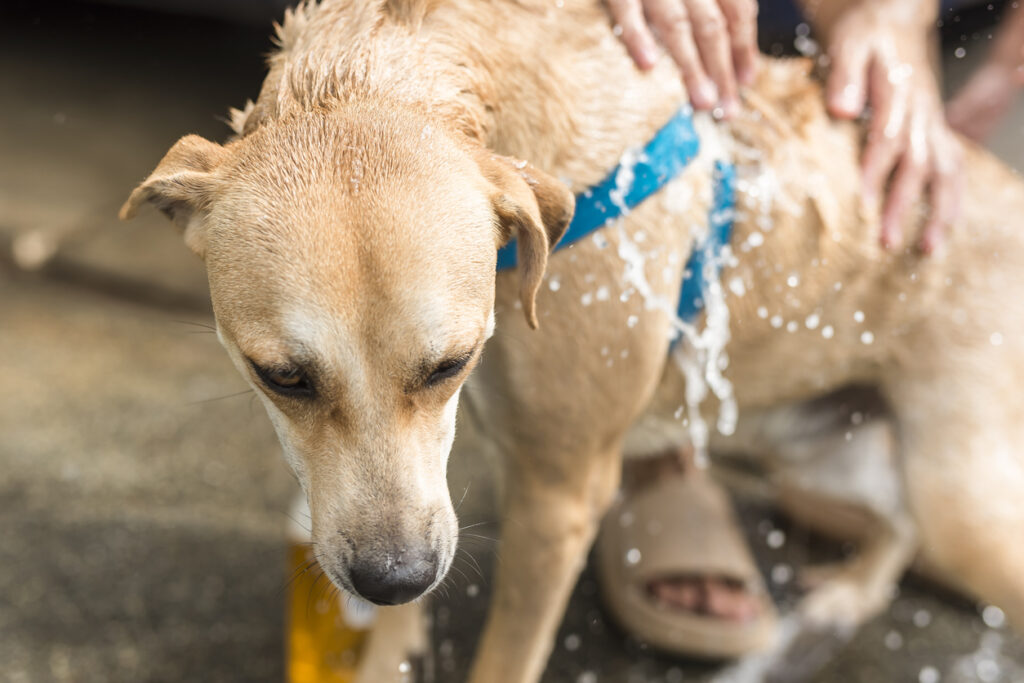
If your pet shows signs of overheating, take immediate action to cool them down and seek veterinary care.
- Take your pet to a cool place indoors or shade if you are outside.
- Offer your pet fresh, cool (not cold) water to drink. Encourage small sips rather than gulping. When your pet is overheated, drinking very cold water or ice water can cause your pet’s blood vessels to constrict, potentially worsening the situation by hindering heat dissipation. Cold or ice water can also cause stomach cramps or other stomach problems.
- Cool Them Down: Wet their bodies with cool (not cold) water. You can also gently pour cool water over their bodies.
- Use Fans or Air Conditioning: To help lower your pet’s body temperature, place it in front of a fan or in an air-conditioned room.
- Monitor Their Temperature if possible.
- Call Braescroft Animal Clinic or an Emergency Veterinary Hospital. Veterinary intervention is crucial to cool down the pet rapidly, assess for any internal damage, and provide supportive care such as intravenous fluids. Delay in treatment can worsen the condition rapidly, so quick action by a veterinarian can significantly improve the pet’s chances of recovery and reduce long-term health impacts.
Preventing Heatstroke: Keeping Pets Cool in Hot Weather
Walking Your Pet
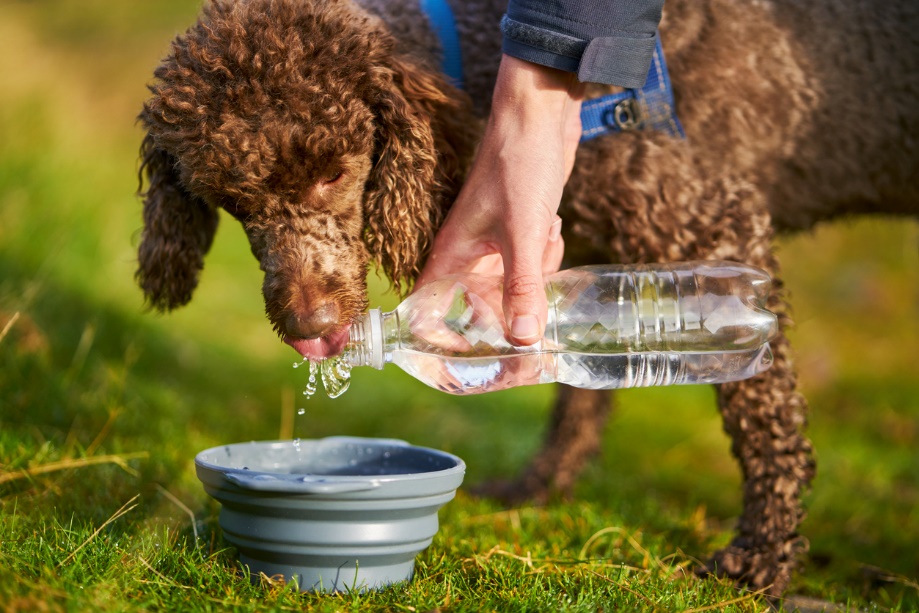
If you walk your dog, cat, or ferret on a leash we have some tips for walking them during the summer:
- Walk your pet in the cooler hours of the morning or late evening.
- Check pavement temperature. Make sure it is not too hot for your pet to walk on. If you wouldn’t walk barefoot on the pavement, it is too hot for your pet! You can protect their paws with pet-friendly booties.
- Choose shaded routes if you can.
- Bring water and a collapsable bowl for your pet. Offer water to your pet frequently.
- Know your pet’s limits. Take shorter walks on hotter days.
Traveling with Pets in Hot Weather
If you’re planning to travel with your pet during hot weather, there are some important considerations to remember:
- Never leave your pet unattended in a car, even for a short period. Even with the windows cracked, the temperature inside a vehicle can rise rapidly, leading to heatstroke and potential death.
- Plan for frequent breaks: If you’re going on a long drive, plan for frequent breaks to allow your pet to stretch their legs and hydrate. Look for pet-friendly rest stops, restaurants, and parks where your pet can safely take a break.
- Use sunshades and air conditioning: Sunshades on the windows block direct sunlight, especially if your pet travels in a crate or carrier. Ensure that the air conditioning is working correctly and set to a comfortable temperature for your pet.
Traveling with pets during hot weather requires extra planning and precautions. Always prioritize their safety and comfort throughout the journey.
Please watch the video from the Weather Channel about protecting children and pets from hot cars.
Keeping Pets Cool Indoors
Providing your pets with a cool and comfortable indoor environment is crucial when the temperature and humidity rise. Here are some tips to help you keep your pets cool indoors:
- Keep the air flowing: Ensure proper ventilation in your home by opening windows, using fans, or turning on the air conditioning.
- Create a cool area for your pet: Set up an area in your home where your pet can retreat when it needs to cool down. This area could be a room with tiles or a cool spot near a fan or air conditioning vent. Place a comfortable bed or mat in this area for your pet.
- Provide access to fresh water: Make sure your pet has access to fresh, cool water at all times. Cats especially prefer flowing water. Consider investing in a pet water fountain to encourage hydration.
Remember, pets can suffer from heatstroke even indoors, so always keep an eye on them and take necessary precautions to keep them cool and comfortable.
Create a Cool Outdoor Space for Pets
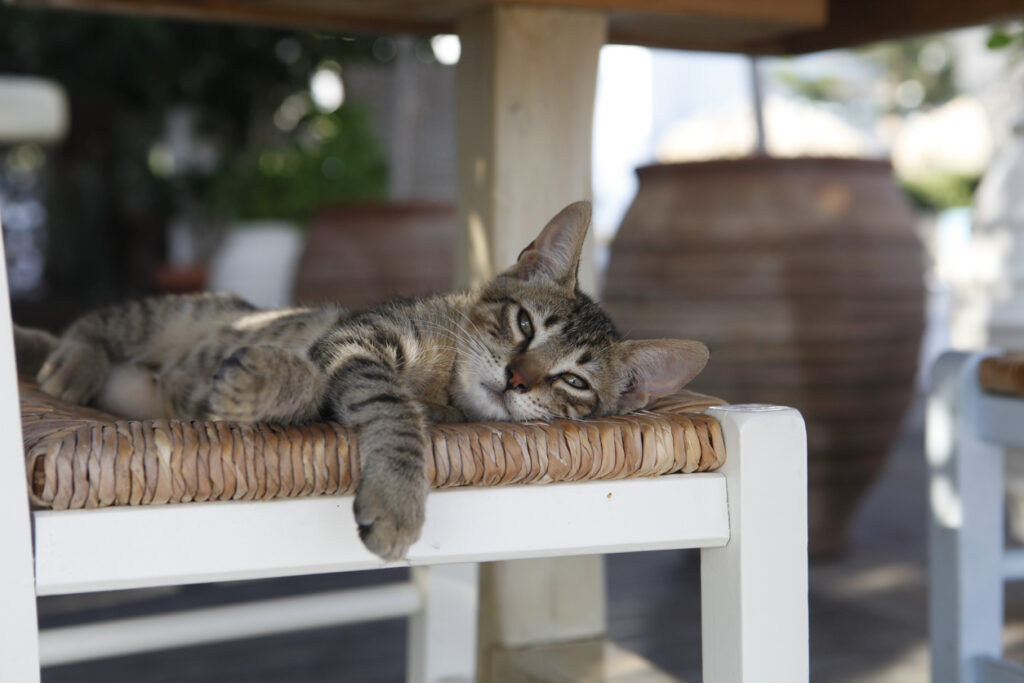
- Shade is essential: Ensure that your outdoor space has plenty of shade, especially during the hottest parts of the day. Trees, umbrellas, or a covered patio could provide this. Animals must have a shaded area to seek refuge from the sun.
- Avoid hot surfaces: Hot pavement, concrete, and metal surfaces can burn your pet’s paws. Before allowing your pet outside, test the temperature of the ground with your hand. If it’s too hot for you to keep your hand on, it’s too hot for animals. Opt for grassy areas.
- Provide cool spots to relax: Set up a comfortable outdoor bed or mat in a shaded area where your pet can relax and cool down. You can also provide a shallow pool or a sprinkler for them to play in and cool off.
- Always provide fresh water: As mentioned earlier, ensure your pet and animals have access to fresh, cool water at all times. Change the water frequently to keep it clean and refreshing. Consider placing multiple water bowls in the outdoor space to encourage drinking.
- Monitor water intake: Monitor your pet’s water intake. If you notice your pet drinking less than usual, it could indicate dehydration.
Keep Your Pets Safe: Contact Braescroft Animal Clinic for Expert Advice
Recognizing the signs of overheating and taking proactive measures, such as walking pets during cooler hours and ensuring access to fresh water and shade, can significantly reduce risks. By staying vigilant and informed, you can help your pets enjoy a safe, healthy summer.
If you have any concerns about your pet’s health or need more information on preventing heatstroke, contact Braescroft Animal Clinic. Our team is here to help keep your pets safe and comfortable this summer. Call us today to schedule a check-up or to get personalized advice on pet care in hot weather!
Warm regards,
Your Caring Team at
Braescroft Animal Clinic

